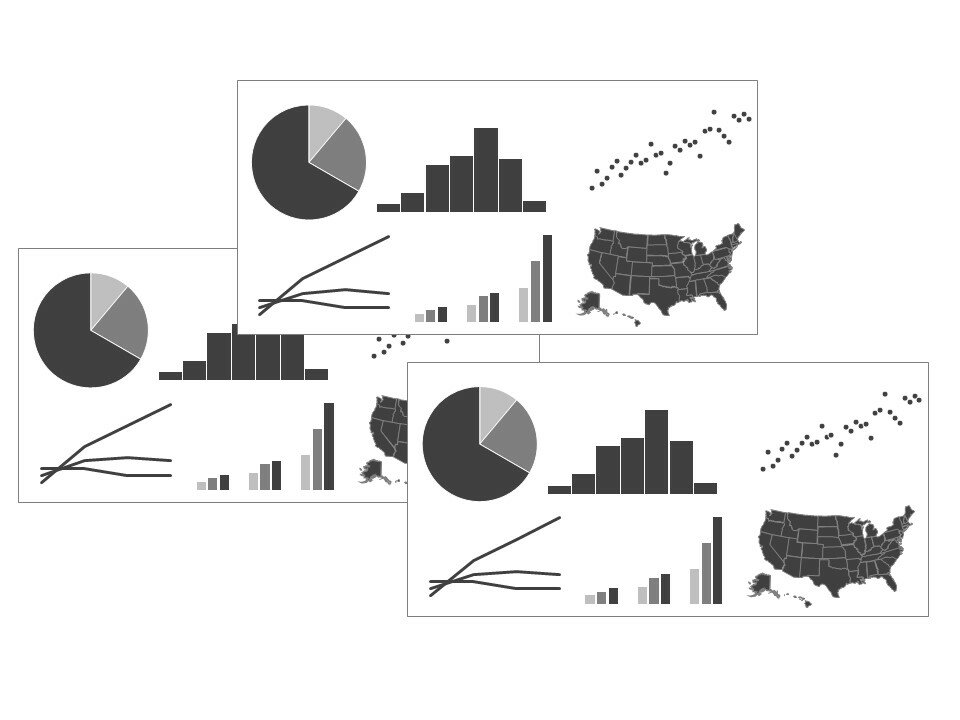How to calculate descriptive statistics for interval or ratio data in Microsoft Excel. Includes the following formulas: Essential data cleaning =count =countblank Measures of central tendency =average =median =mode Measures of dispersion =var =stdev =min =max =quartile










Comments